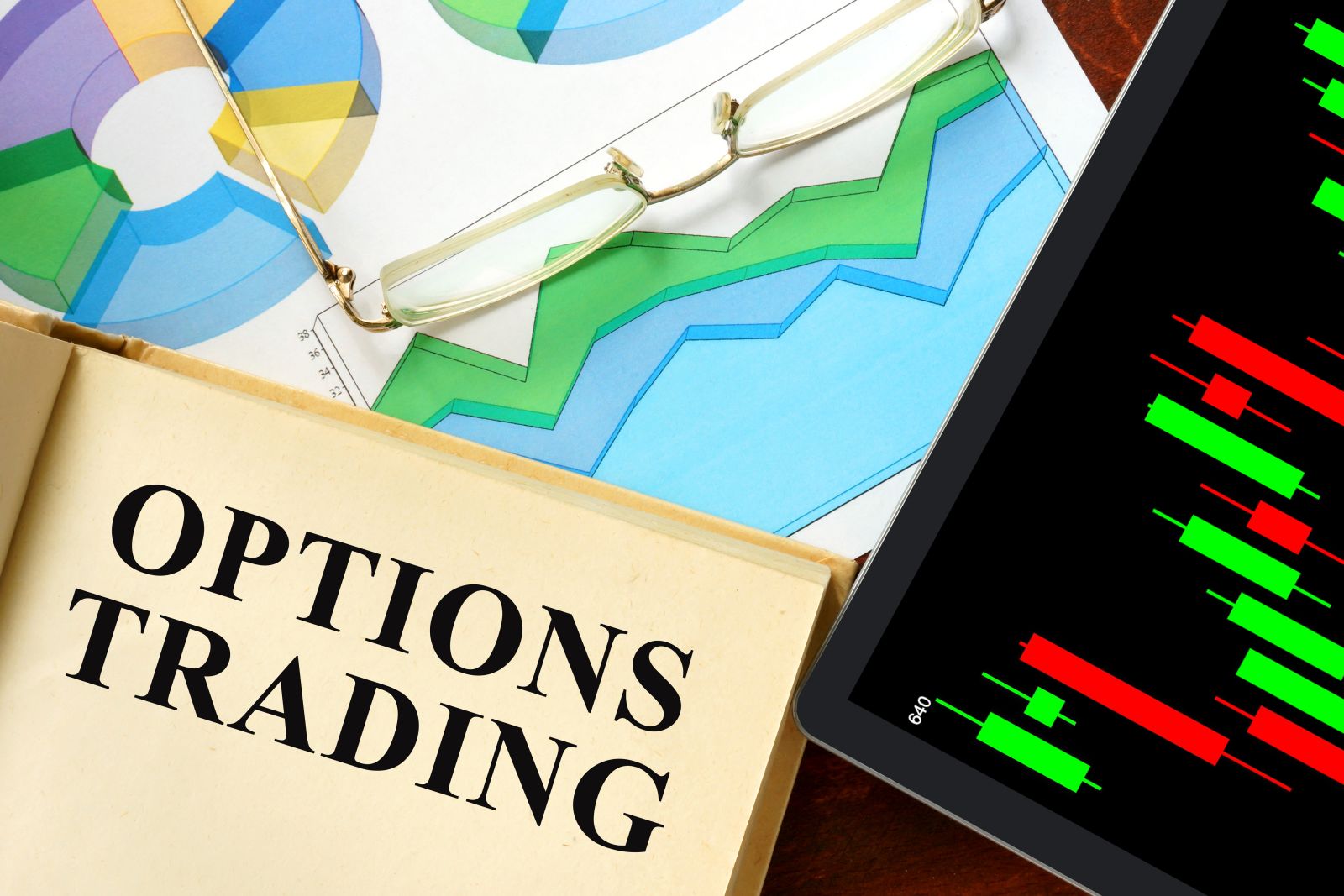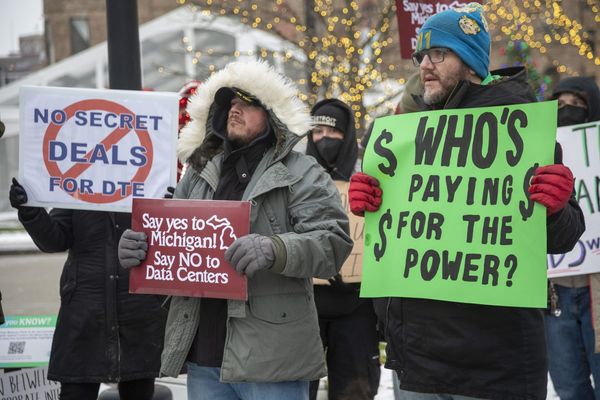
Selling cash secured puts on stocks an investor is happy to take ownership of is a great way to generate some extra income. A cash-secured put involves writing an at-the-money or out-of-the-money put option and simultaneously setting aside enough cash to buy the stock. The goal is to either have the put expire worthless and keep the premium, or to be assigned and acquire the stock below the current price. It’s important that anyone selling puts understands that they may be assigned 100 shares at the strike price.
Why Trade Cash Secured Puts?
Selling cash secured puts is a bullish trade but slightly less bullish than outright stock ownership. If the investor was strongly bullish, they would prefer to look at strategies like a long call, a bull call spread, or a poor man’s covered call. Investors would sell a put on a stock they think will stay flat, rise slightly, or at worst not drop too much.
Cash secured put sellers set aside enough capital to purchase the shares and are happy to take ownership of the stock if called upon to do so by the put buyer. Naked put sellers, on the other hand, have no intention of taking ownership of the stock and are purely looking to generate premium from option selling strategies.
The more bullish the cash secure put investor is, the closer they should sell the put to the current stock price. This will generate the most amount of premium and also increase the chances of the put being assigned. Selling deep-out-of-the-money puts generates the smallest amount of premium and is less likely to see the put assigned.
HIMS Cash Secure Put Example
Yesterday, with Hims & Hers Health (HIMS) trading at $62.76, the November 7 put option with a strike price of $50 was trading around $2.45. Traders selling this put would receive $245 in option premium. In return for receiving this premium, they have an obligation to buy 100 shares of HIMS for $50.
By August 15, if HIMS is trading for $49, or $45, or even $20, the put seller still has to buy 100 shares at $50.
But, if HIMS is trading above $50, the put option expires worthless, and the trader keeps the $245 option premium. The net capital at risk is equal to the strike price of $50, less the $2.45 in option premium. So, if assigned, the net cost basis will be $47.55. That’s a -24.24% discount from the price it was trading yesterday.
If HIMS stays above $50, the return on capital is:
$245 / $4,755 = 5.15% in 23 days, which works out to 81.77% annualized.
Either the put seller achieves an 81.77% annualized return or gets to buy a popular stock for a 24.24% discount. You can find other ideas like this using the Naked Put Screener.
Company Details
The Barchart Technical Opinion rating is a 88% Buy with a Strengthening short term outlook on maintaining the current direction.
Long term indicators fully support a continuation of the trend.
Relative Strength just crossed above 50%. The market is indicating support for a bullish trend.
Of 13 analysts covering HIMS, 3 have a Strong Buy rating, 8 have a Hold rating, 1 has a Moderate Sell rating and 1 has a Strong Sell rating.
Implied volatility is currently 122.66% compared to a 12-month high of 144.96% and a low of 67.37%. The IV Percentile is 94% and the IV Rank is 71.25%.
Hims & Hers Health is due to report earnings on November third, which is why the implied volatility is so high. The stock does tend to make big moves over earnings.
Hims & Hers Health Inc. is a multi-specialty telehealth platform that connects consumers to licensed healthcare professionals, enabling medical care for numerous conditions related to mental health, sexual health, dermatology, primary care and more.
Hims & Hers Health Inc., formerly known as Oaktree Acquisition Corp., is based in San Francisco.
Summary
While this type of strategy requires a lot of capital, it is a great way to generate an income from stocks you want to own. If you end up being assigned, you can sell covered calls against the position. You can do this on other stocks as well, but remember to start small until you understand a bit more about how this all works.
Risk averse traders might consider buying an out-of-the-money put to protect the downside.
Please remember that options are risky, and investors can lose 100% of their investment.
This article is for education purposes only and not a trade recommendation. Remember to always do your own due diligence and consult your financial advisor before making any investment decisions.







